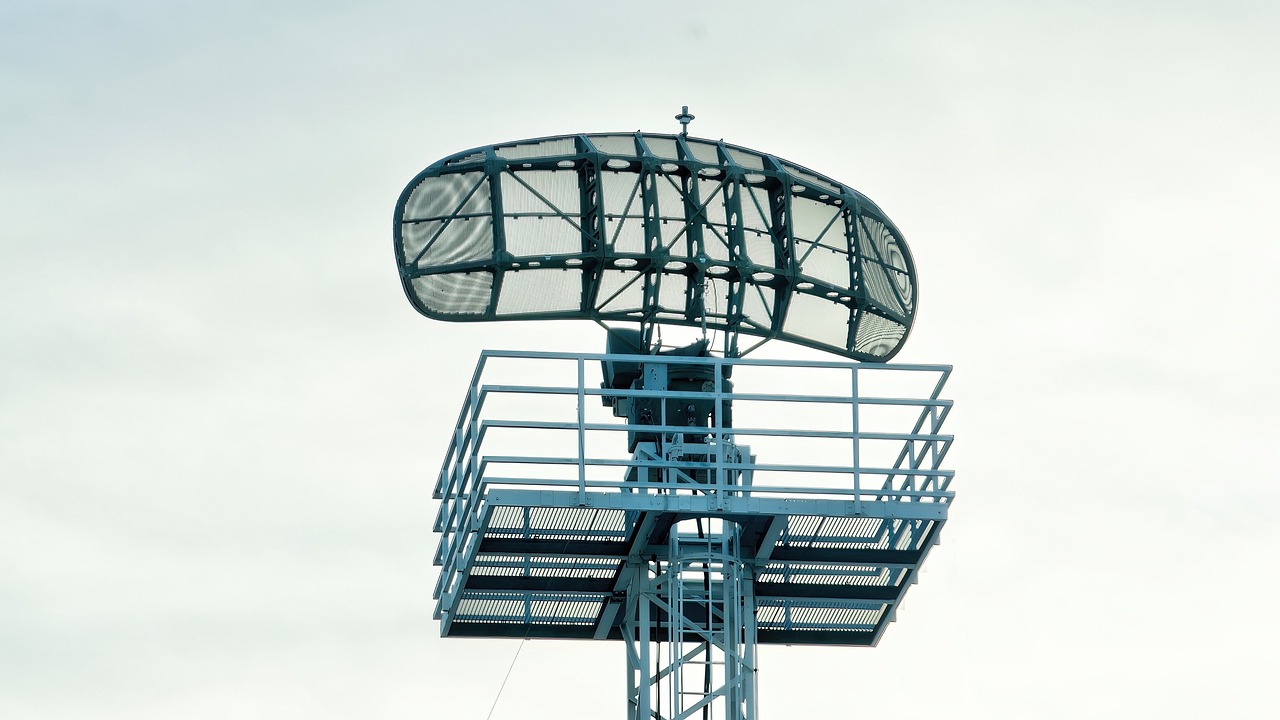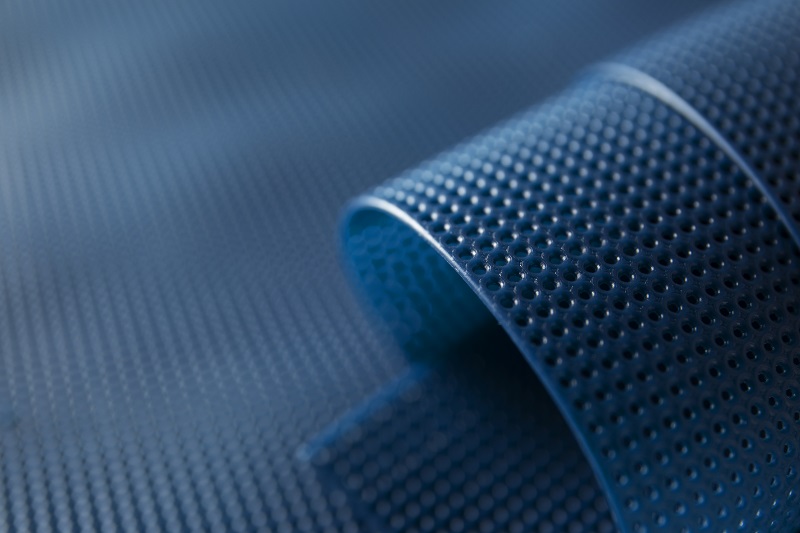How To Choose the Right Radar Absorbing Material Supplier?
Are you on a quest to find the perfect material for your radar-absorbing project? Feel consumed in the whirlwind of complex technical jargons and wide variety of options available on the market? Wondering what factors set different radar absorbing materials (RAM) apart? Welcome to our expansive blog, which will unravel the world of radar absorbing material suppliers, succinctly discussing the pros and cons of various materials proposed by suppliers.
Choosing the right radar absorbing material suppliers can make all the difference when it comes to performance, durability, and cost-effectiveness of any radar-related project. This integral decision can often seem a paradox of choices. In this comprehensive guide, we will untangle the complex webs of this crucial subject, allowing you to make a well-informed decision.
From understanding what radar-absorbing material is, to assessing why certain materials are preferred over others, to exploring who can benefit from these materials and how the selection of these materials can significantly affect the performance of any finished product, we will demystify it all!

Choosing the Right radar absorbing material suppliers- What and Why?
Why is it crucial to understand the differences in radar absorbing material suppliers and make the right choice? Reflecting on this question can illuminate the importance of a seemingly monotonous material selection. When the performance of the entire project hangs in the balance, a seemingly inconsequential decision turns consequential.
Choosing the right material enhances the radar absorption capacity, a key factor in stealth technology, ensuring efficient performance of military equipment or even everyday devices like smartphones. Each material has its unique attributes which determine effectiveness, affordability, and more. In a market flooded with options, identifying the material that's best tailored for your project is critical.
A deeper understanding of radar absorbing material suppliers will also debunk the common misconceptions around these materials, especially that one size fits all, or that the priciest option is invariably the best.
Impact of Material on Performance and Cost
Not every radar absorbing material suppliers is created equal. They come in a cornucopia of forms - coatings, sheet materials, or dielectric materials. The properties of each can greatly impact the overall performance of your finished product and subsequently, its cost.
For example, iron-based RAM has intriguing magnetic properties that make them excellent radar absorbers. However, they carry the burden of their high weight, making them not feasible for certain aviation projects.
Plastic foam-based RAM, which combine light weight and significant absorption capabilities, can be the shining armor in such scenarios. They, however, might take a toll on the pocket.
Pros and Cons of Different radar absorbing material suppliers
The pros and cons of different materials offered by radar absorbing material suppliers can make or break your project. From the durability of metal-based to susceptibility of foam-based RAM, the factors are varied.
Durability is often sided with metal-based materials, but they might not be the most cost-effective. Foam-based radar absorbing material suppliers are cost-intensive but offer lighter weight and good absorption capabilities.
Understanding the End User - Who?
Knowing who will be using the radar-equipped product can significantly influence the selection of RAM. Is it for commercial aviation, naval application, civilian use, or military purpose?
Each user segment has its unique requirements and implications on material choice. Functionality, durability, portability, and cost are all variables that could vary greatly depending on the end user.
Navigating the Future of radar absorbing material suppliers
The future evolution of RAM could be a crucial factor, especially from a long-term sustainability standpoint. The advancement in nanotechnology is set to revolutionize the radar absorbing material suppliersmarket. It promises lighter, more efficient, and possibly more cost-effective solutions.

Conclusion
As we wrap up our meticulously researched exploration of radar absorbing material suppliers and their wide-ranging materials, one thing is clear - the choice of material can significantly impact the efficiency, cost, and overall success of any radar-equipped project. Every material has its set of pros and cons, and the right balance suited to your specific needs can lead to optimal results.
So, remember, when you are browsing that supplier catalog or consulting with a manufacturer, consider each option through the lens of your project’s requirements, costs, end-user, and future adaptability. A well-informed decision could be the very difference between success and failure. Because, as we now know, in the realm of radar absorbing material suppliers, one size (or type) certainly does not fit all!



